ibdp english a
1/150
There's no tags or description
Looks like no tags are added yet.
Name | Mastery | Learn | Test | Matching | Spaced |
|---|
No study sessions yet.
151 Terms
call to action
Author's demand of the reader
Grandious
impressive; showy; magnificent
pretentious
pompous, self-important
Ethos
credibility
dichotomy
a division into two parts
Hypophora
raising a question then proceeding to answer it
Juxtaposition
Placement of two things closely together to emphasize comparisons or contrasts
Paradox
A statement or proposition that seems self-contradictory or absurd but in reality expresses a possible truth.
Alienation
feeling isolated and separated from everyone else
Anadiplosis
repetition of the last word of one clause at the beginning of the following clause
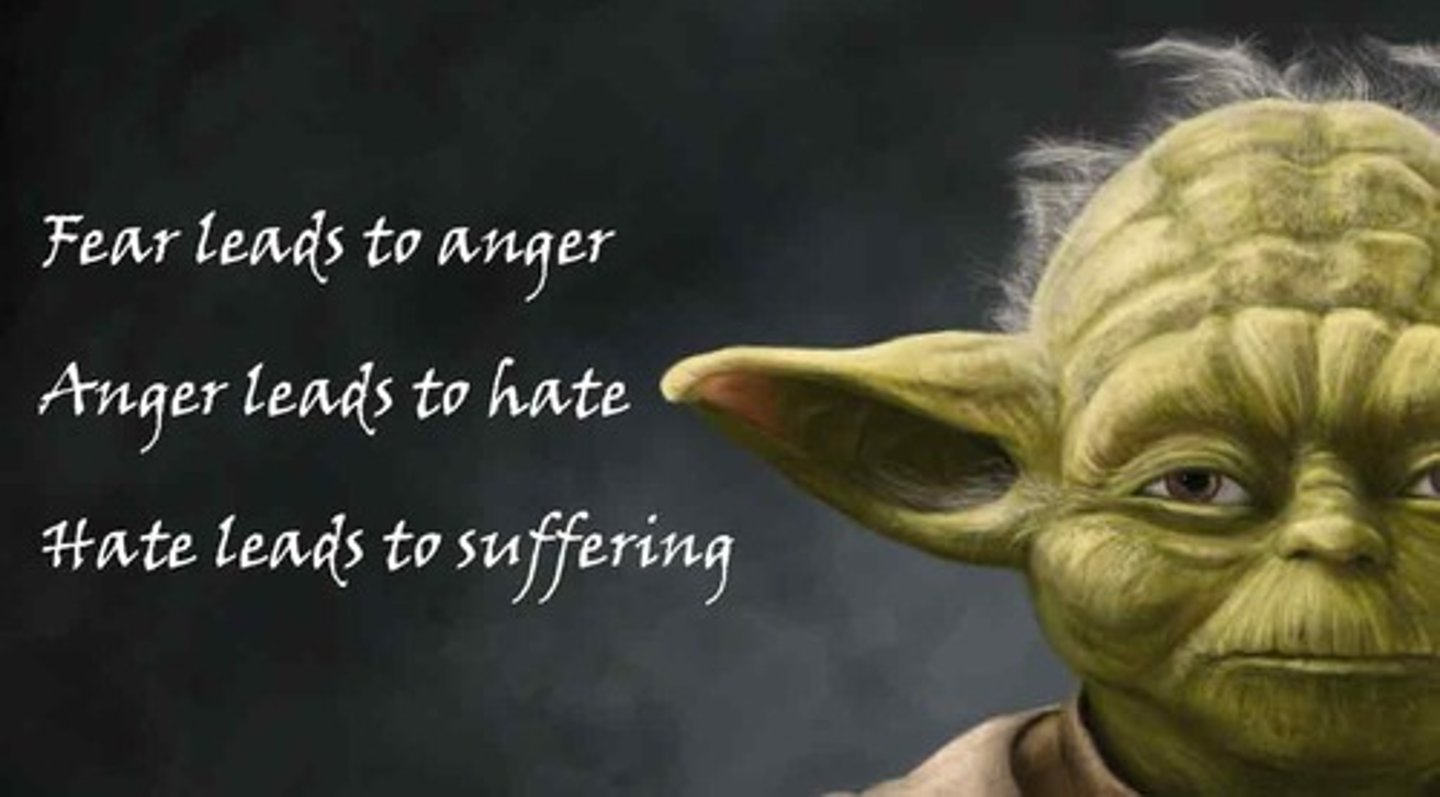
Anaphora
The repetition of a word or phrase at the beginning of successive clauses
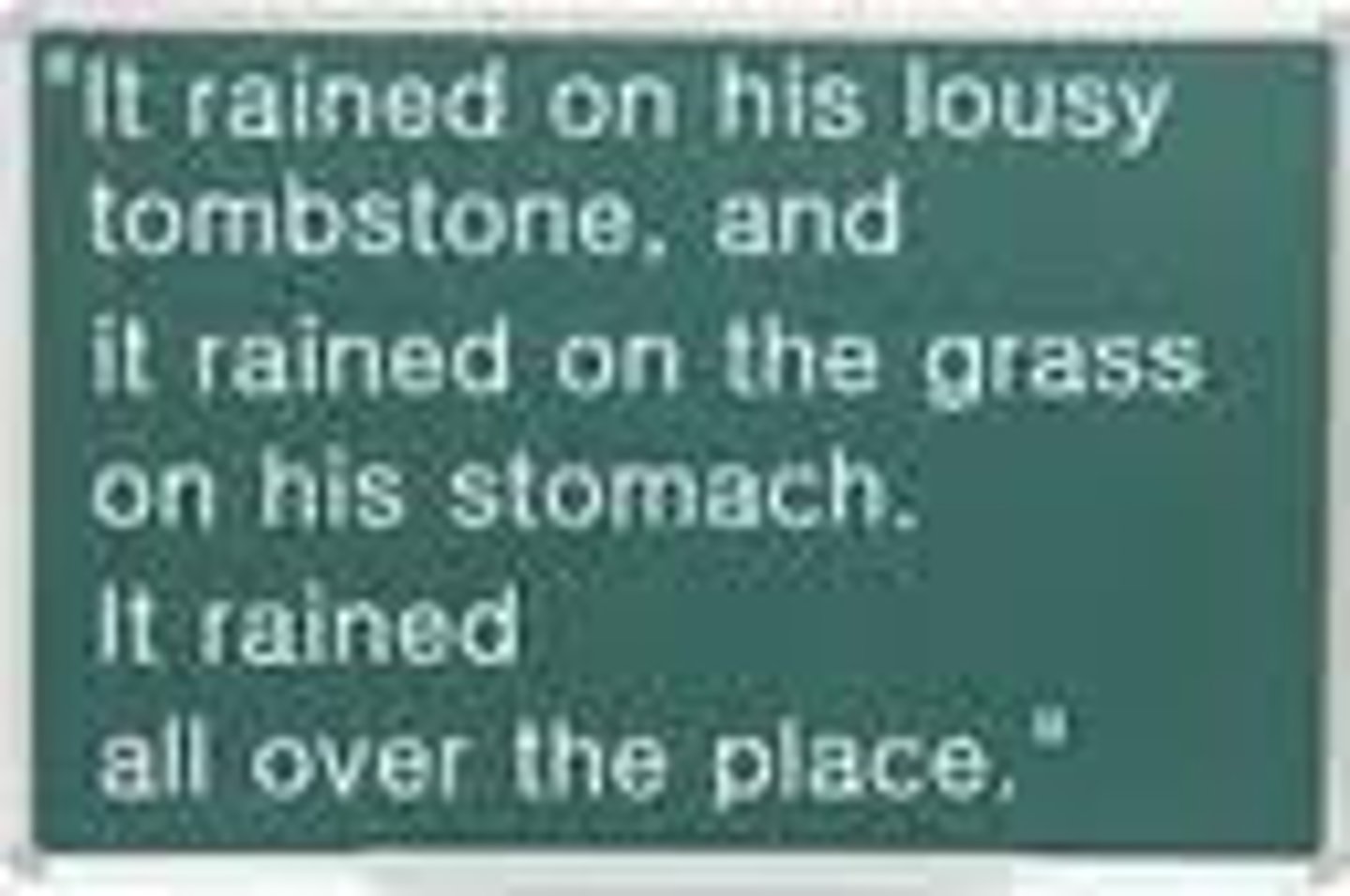
Anchoring
connecting a central idea or text to recurring elements to provide focus and structure; caption, illustration, commentary
anecdote
a short and amusing or interesting story about a real incident or person
Antagonist
A character or force in conflict with the main character
Antithesis
Direct opposite
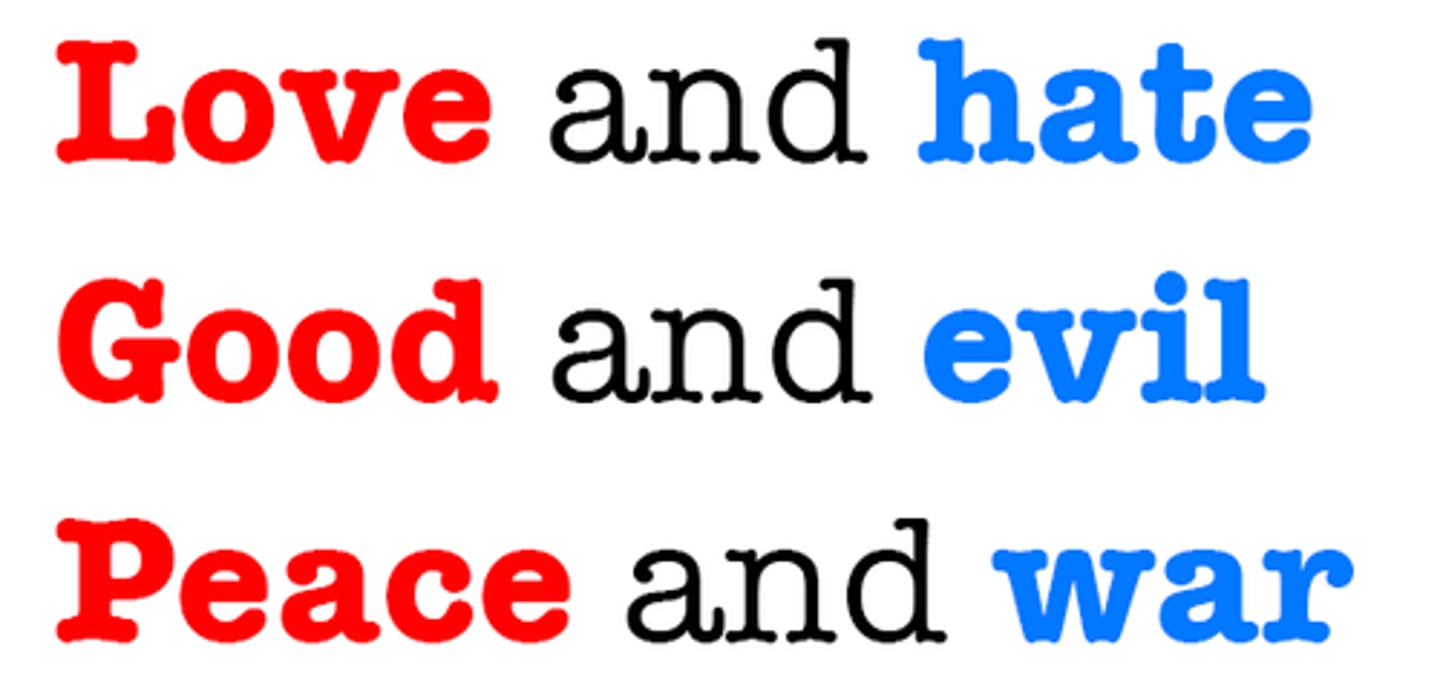
appeal
a mode of persuasion
Appeal to Authority
Appeals to an authority to support a position, idea, argument, or course of action
Appeal to Fear
makes people feel as if their safety, security, or health is in danger
assertion
a strong declaration of forceful conviction based on belief
Assonance
Repetition of vowel sounds
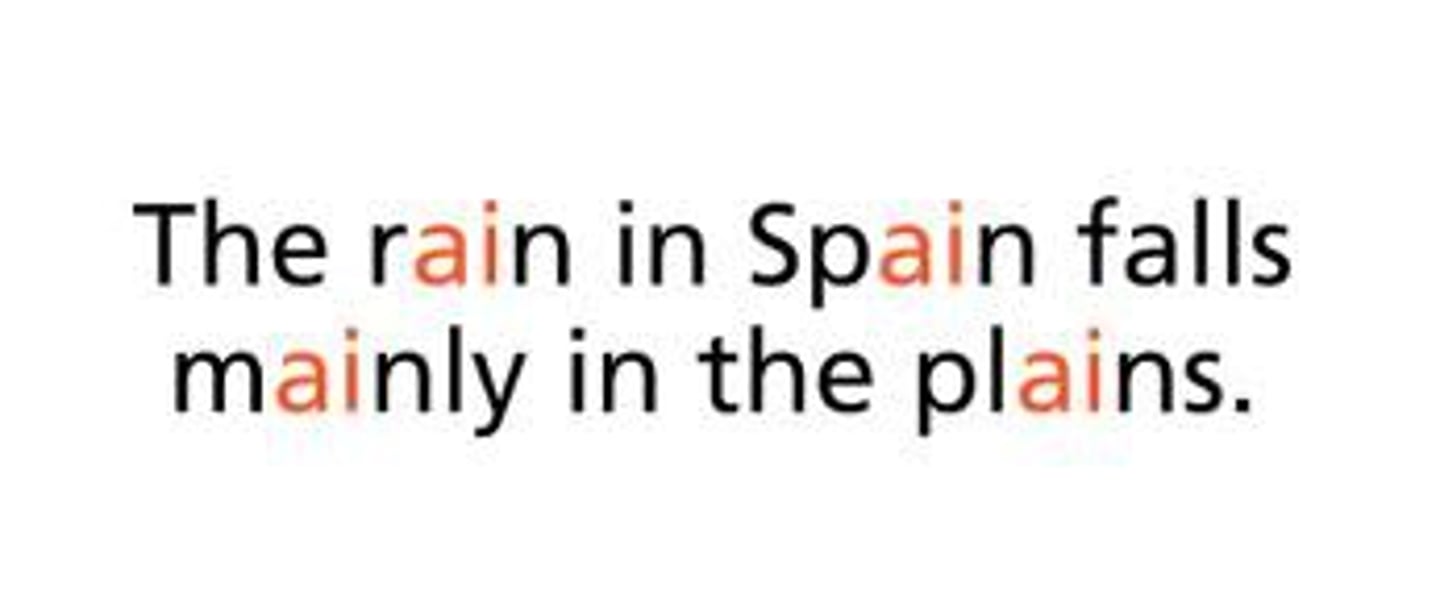
atmosphere
the feeling, emotion, or mood a writer conveys to a reader through the description of setting and objects
bandwagon effect
When people join a cause because it seems popular or support a candidate who is leading in the polls
cacophony
A harsh, discordant mixture of sounds
caricature
(n.) a representation (especially in drawing) in which the subject's characteristic features are deliberately exaggerated; (v.) to present someone or something in a deliberately distorted way
Cartoonification
the process of turning an object or person into a cartoon by drawing them in a stylized or abstract way
click bait
content whose main purpose is to attract attention and encourage visitors to click on a link to a particular web page
Colloquialism
A word or phrase (including slang) used in everyday conversation and informal writing but that is often inappropriate in formal writing (y'all, ain't)
composition
the makeup of something
condescension
a feeling of superiority
Connective
a word or phrase that connects the ideas of a speech and indicates the relationship between them
Consonance
Repetition of a consonant sound within two or more words in close proximity.
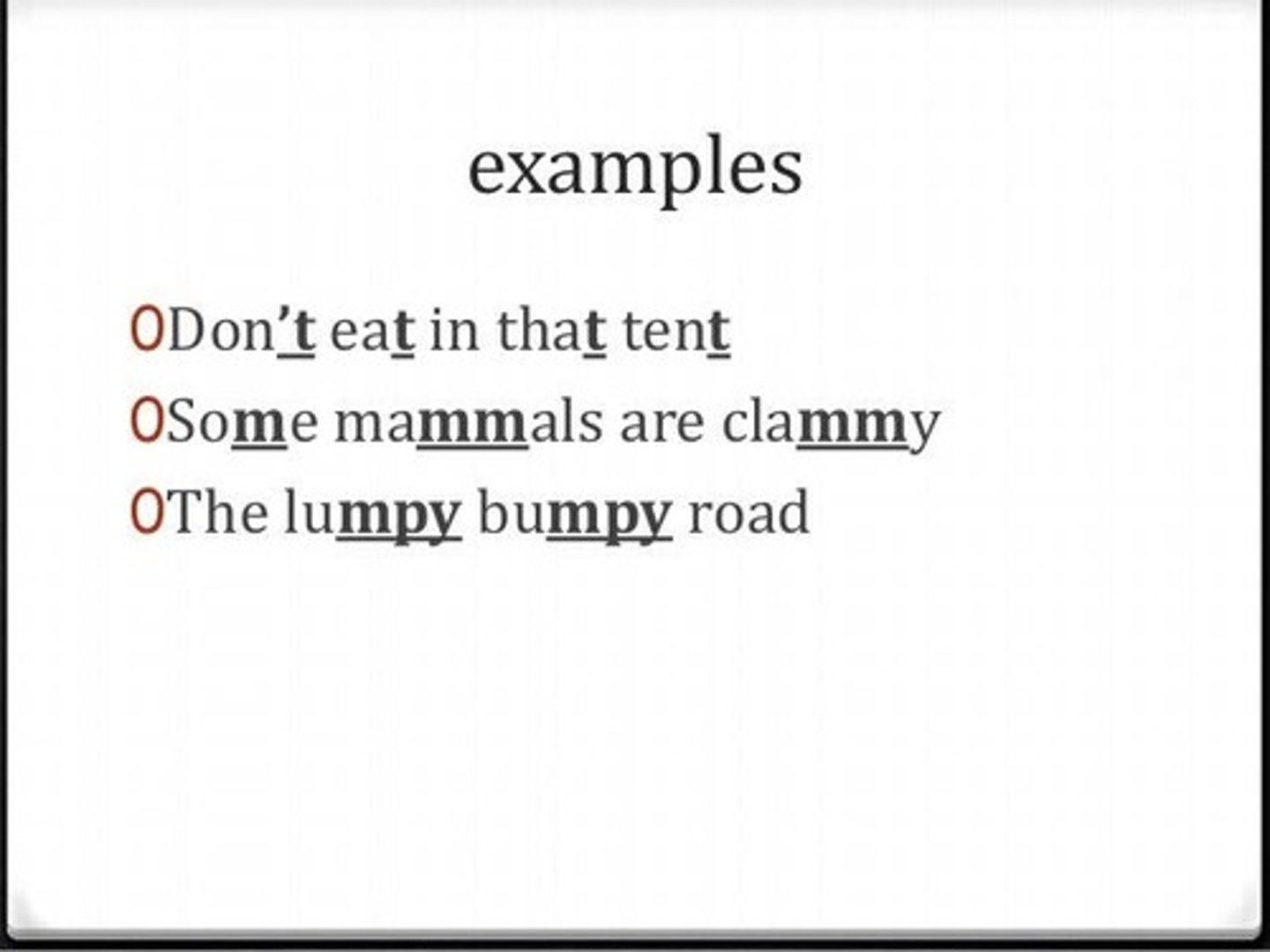
context of interpretation
the factors that can influence a reader of a text, such as time, place and personal experience
Denotation
the literal meaning of a word
Connotation
an idea or feeling that a word invokes in addition to its literal or primary meaning.
Denouncement
conclusion; resolution; the falling action of a story after its climax
Diacope
Repetition of a word or phrase after an intervening word or phrase
dialect
A regional variety of a language distinguished by vocabulary, spelling, and pronunciation.
Dialogue
Conversation between characters
direct speech
A way of writing which quotes actual words spoken between quotation marks.
Disinformation
false information purposely disseminated, usually by a government, for the purpose of creating a false impression
Dysphemism
The opposite of euphemism, a word or expression to make something sound more unpleasant than is usually acceptable
Ellipsis
three periods (...) indicating the omission of words in a thought or quotation
emanata
Text or icons that represent what's going on in the character's head.
Enumeration
the action of mentioning a number of things one by one
Euphemism
An indirect, less offensive way of saying something that is considered unpleasant
Exposition
A narrative device, often used at the beginning of a work that provides necessary background information about the characters and their circumstances.
falling action
the part of a literary plot that occurs after the climax has been reached and the conflict has been resolved
False Dichotomy
Consists of a consideration of only the two extremes when there are one or more intermediate possibilities
fearmongering
the action of deliberately arousing public fear or alarm about a particular issue
Feminist Literary Criticism
the art or practice of commenting critically on literary works by focusing on their representation of women and their advocacy for gender equality
figurative speech
any language that is not intended to be interpreted in a literal sense
Foil
A character who acts as a contrast to another character
frame narration
a story within a story
free indirect speech
a style of third-person narration which uses some of the characteristics of third-person along with the essence of first-person direct speech
gender stereotyping
generalizations based on oversimplified or outmoded assumptions about gender roles
gutter
the space between framed panels
hate speech
Expression that is offensive or abusive, particularly in terms of race, gender, or sexual orientation. It is currently protected under the First Amendment.
headlines
titles written in large letters above reports/articles
hegemony
leadership or dominance, especially by one country or social group over others.
hindsight bias
I knew it all along phenomenon
Hyperbole
extreme exaggeration
icon
image
Idiolect
Language use that is typical of a particular person
Imagery
language that appeals to the senses
imperative
a command or order
Labelling
the process of classifying and naming a mental disorder following a diagnosis
limited narrator
a narrator who presents the story as it is seen and understood by a single character and restricts information to what is seen, heard, thought, or felt by that one character
Statistics
numerical data
direct address
words that tell the reader who is being addressed
rhetorical question
A question asked merely for rhetorical effect and not requiring an answer
Assertive language
Wording that is clear and direct
Indirect involvement
A technique that requests the reader to be involved in a particular way through a keyword (imagine..)
Alliteration
Repetition of initial consonant sounds
Emotive language
Deliberate use of language by a writer to instill a feeling or visual.
Allegory
a story, poem, or picture that can be interpreted to reveal a hidden meaning, typically a moral or political one.
Allusion
A reference to another work of literature, person, or event
Ambiguity
An event or situation that may be
interpreted in more than one way.
Analogy
A comparison of two different things that are similar in some way
Anthropomorphism
the attribution of human characteristics or behavior to a god, animal, or object.
Oxymoron
conjoining contradictory terms (as in 'deafening silence')
sensationalize
to write or talk about an event in a way that makes it seem as exciting and shocking as possible
Syntax
The arrangement of words and phrases to create well-formed sentences in a language.
Tricolon
Sentence consisting of three parts of equal importance and length, usually three independent clauses.
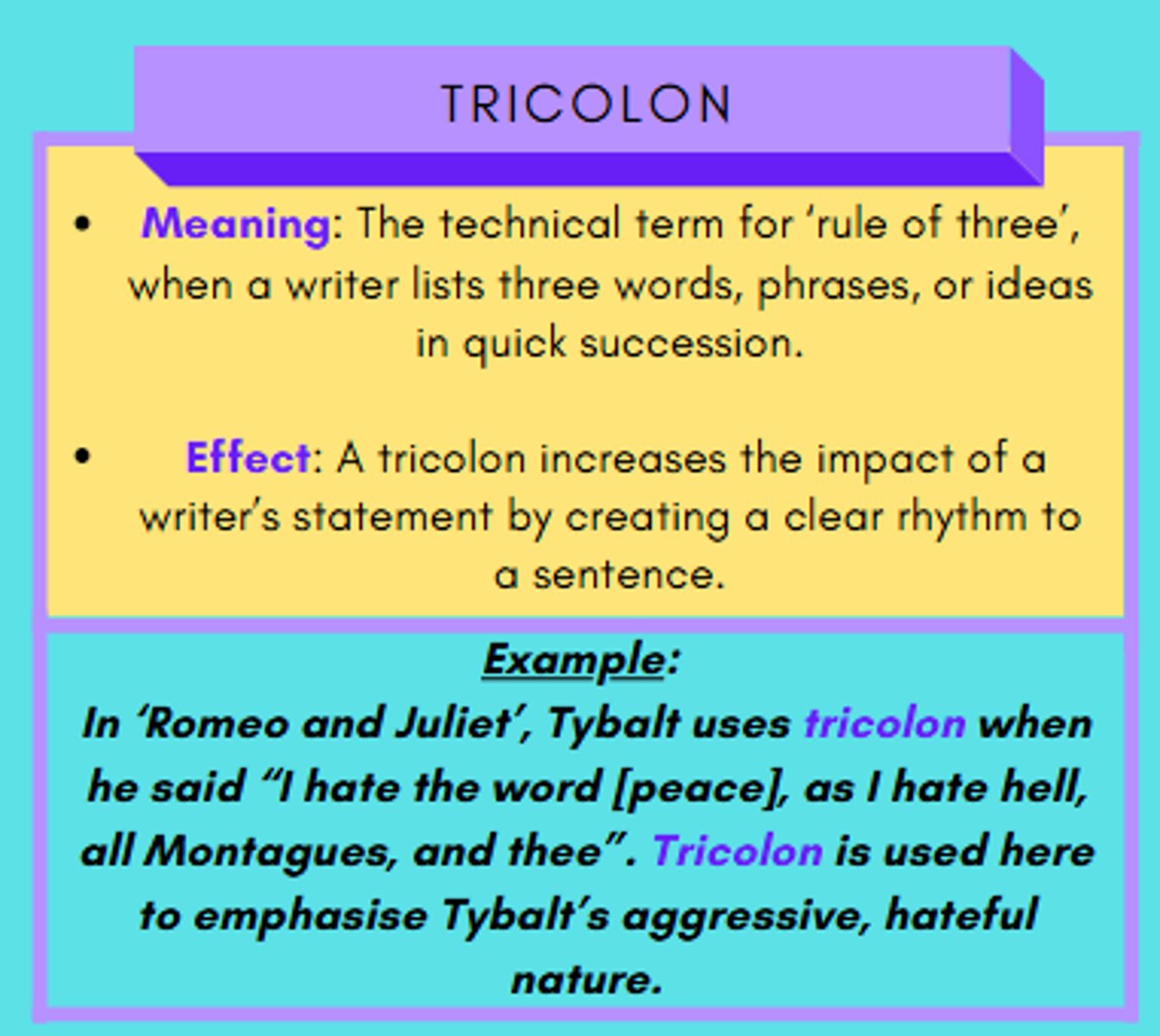
Catharsis
a release of emotional tension
Onomatopoeia
A word that imitates the sound it represents.
splash panel/page
A panel that takes up the space of several panels in the comic in order to introduce or highlight an action or character.
speech bubble
These are frames around the characters' language, a kind of 'direct speech', where the characters speak for themselves. If these appear as clouds, they represent the character's thoughts. If they appear in jagged lines, the character is shouting.
panel/frame
A distinct segment of the comic, containing a combination of image and text in endless variety.
bleed
An image that extends to and/or beyond the edge of the page
shot/reverse shot
two or more shots edited together that alternate characters, typically in a conversation situation
close up shot
Shows a particular part of a subject with more detail, example: framing a subject from shoulders up
borderless panel
A panel without a frame or border
thought bubble
a bubble, usually sort of cloud shaped where the thoughts of a character are expressed.
narrative box
A box within a panel where the narrator reflects on the action depicted
Chiasmus
A statement consisting of two parallel parts in which the second part is structurally reversed
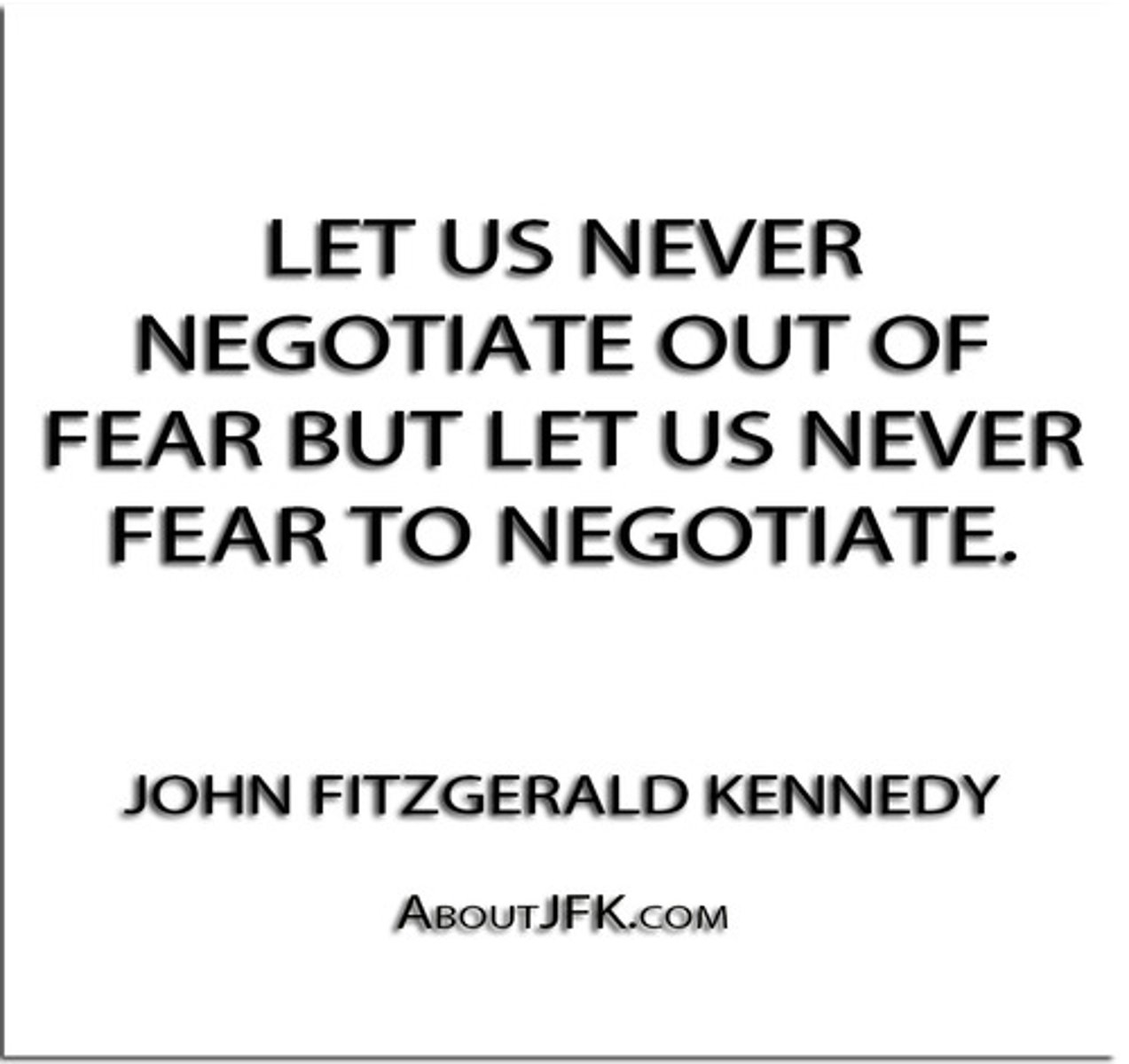
Cliffhanger
An ending to a section, chapter, or book that leaves the reader in suspense
Double entendre
a statement that has two meanings, one of which is dirty or vulgar
Metonymy
A figure of speech in which something is referred to by using the name of something that is associated with it
Hyperbaton
inversion of words, phrases, or clauses in a sentence that differs from how they would normally be arranged
Soliloquy
A long speech expressing the thoughts of a character alone on stage